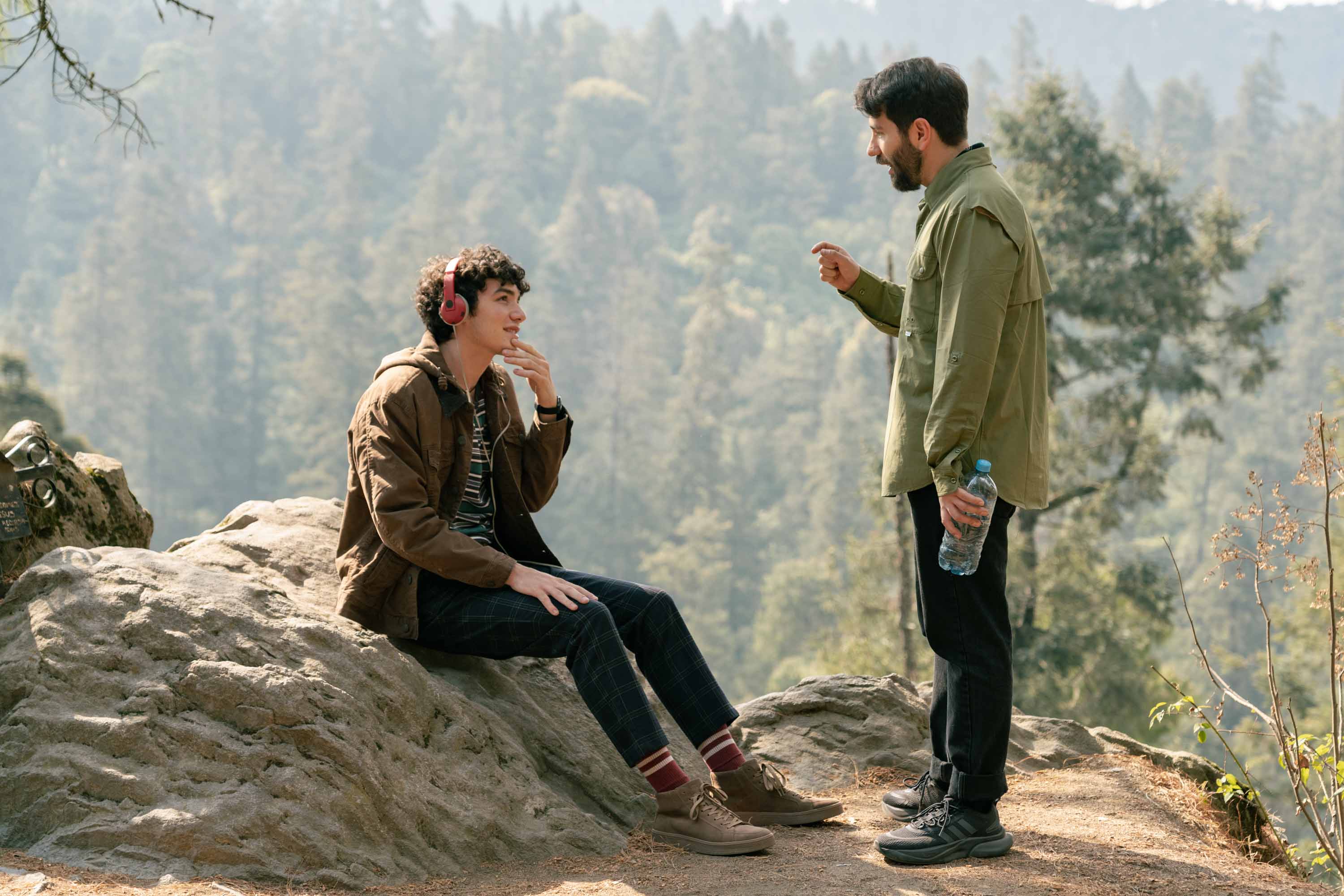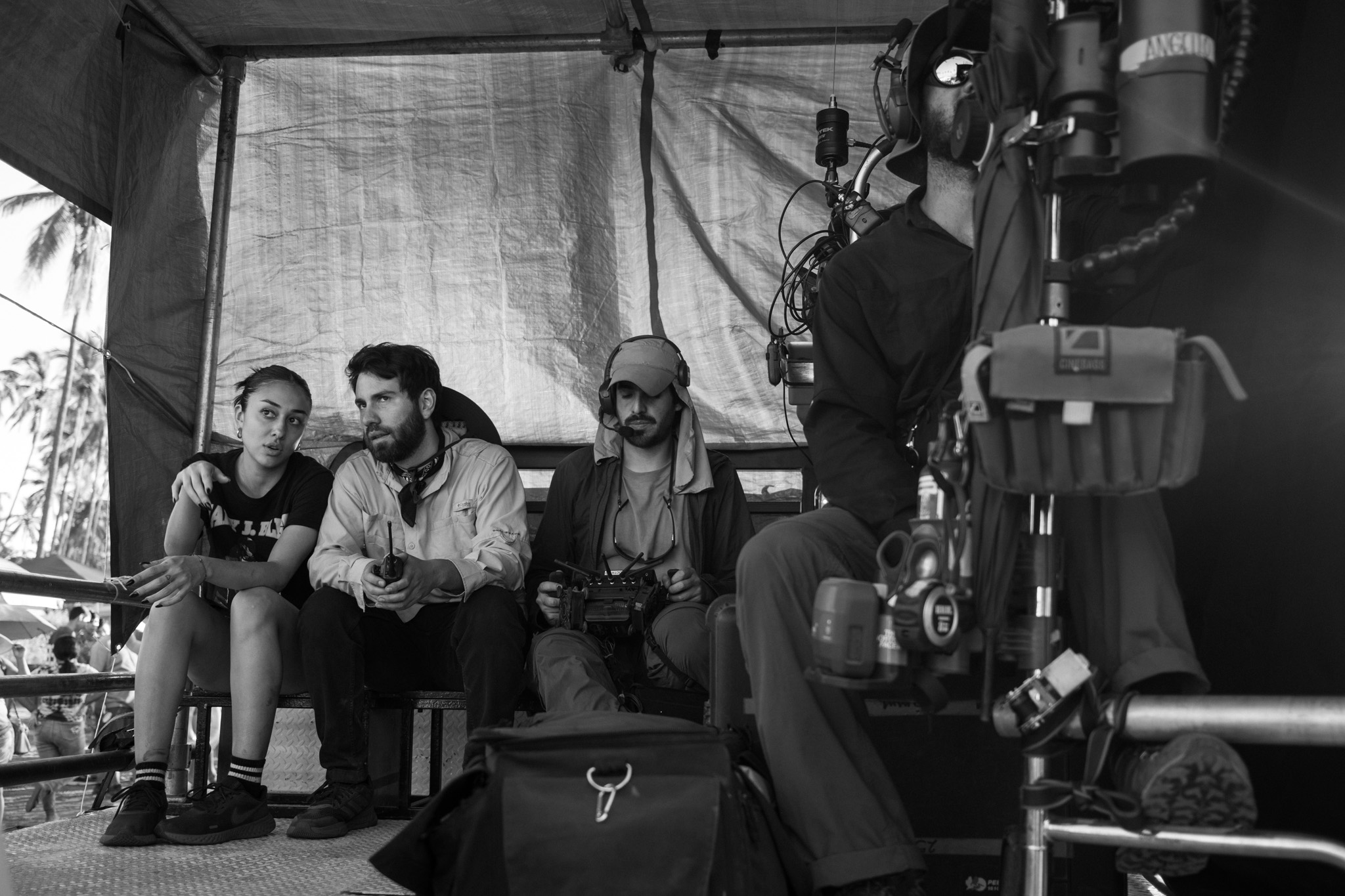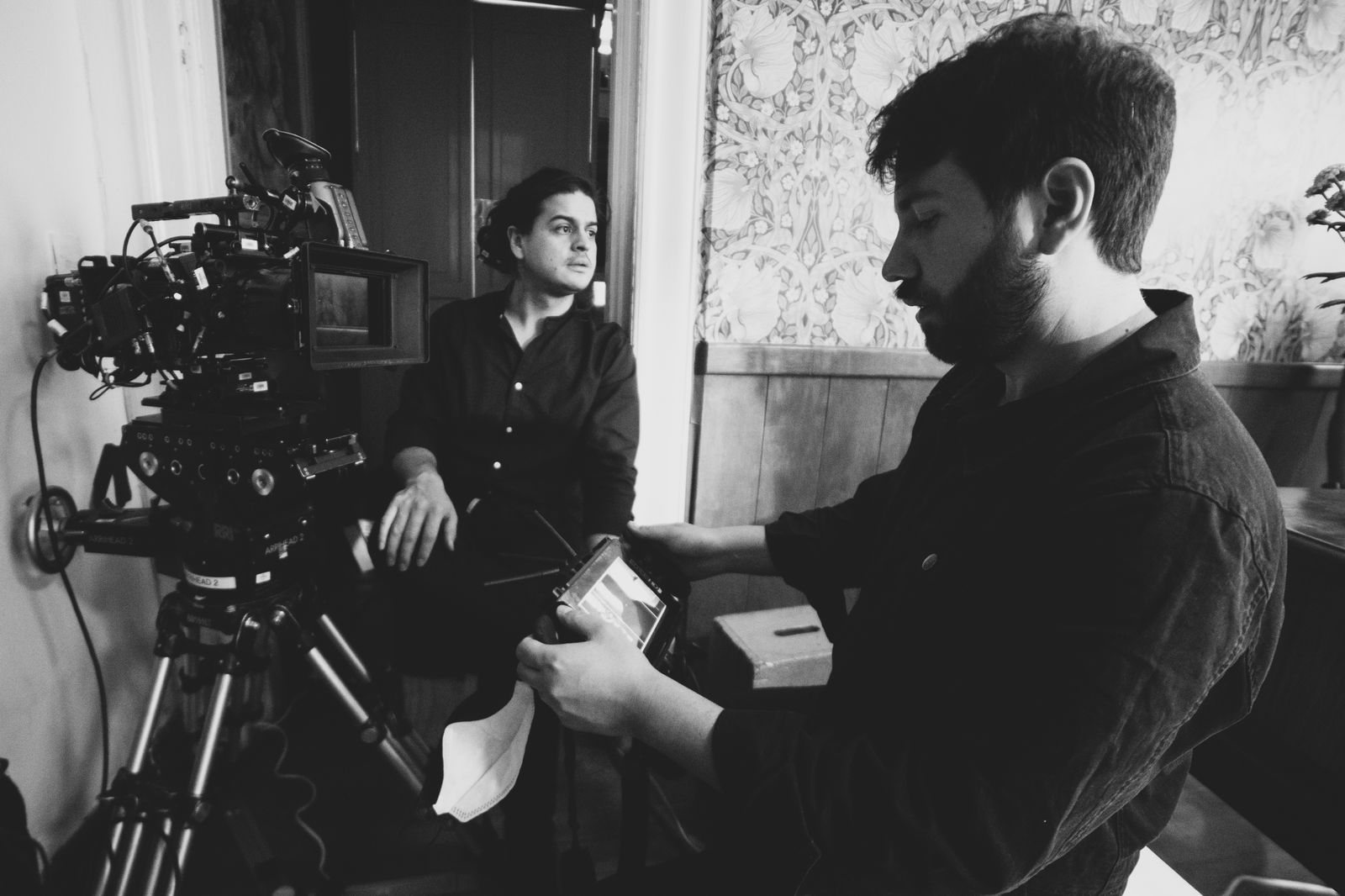
Filmmaker Ricardo Castro Joins Mama Hungara Mexico

A multi-award-winning director and screenwriter, and a graduate of the Centro de Capacitación Cinematográfica (CCC), Ricardo is known for his work in film, including his debut feature Los (casi) ídolos de Bahía Colorada (Netflix) and his latest film El Club Perfecto, set to hit cinemas in August 2025 after winning the Audience Award at the 2024 Austin Film Festival.
He also directed the documentary Adiós, adiós, adiós, which premiered at the Huesca International Film Festival, where it won Best Ibero-American Documentary. The film was selected at festivals such as Clermont-Ferrand and DOCNYC and was shortlisted for the 2021 Academy Awards.
Alongside his work in cinema, Ricardo has built a successful career directing commercials and music videos.
In this interview with Cris Gee, he discusses his creative universe, the central role of storytelling in his work, and his desire to expand his cinematic language into new visual territories.

Directing actor Rodrigo Munguía in El Club Perfecto, set to premiere in August
Cris> Your projects are deeply connected to the Mexican collective imagination, from symbols to cultural codes. How do you bring that visual and narrative identity into advertising without losing authenticity?
Ricardo> I’m a big fan of pop culture quirks and, most of all, the idiosyncrasies of each country. One of my favourite hobbies is observing, whether it’s out on the street or scrolling through social media, the originality with which people live their everyday lives. That’s where I find a lot of inspiration for my projects. Just this morning, I saw a video of a man throwing a quinceañera for his Chihuahua, complete with mariachis. I found it fascinating.
When directing campaigns, I try to layer in those deeply local traits. through the story, the production design, the characters, even the camera language. The key is doing it organically, not imposing an external gaze, but letting those specific traits enrich the narrative.
I feel a great responsibility to represent the culture I’m working with faithfully. I’m not interested in staying on the surface or using aesthetic elements just because they “work.” I like to dig into the everyday, to rescue what makes us unique and use it as raw material for telling stories that truly resonate. I think that’s what makes a campaign feel genuine, when the audience can see themselves reflected in it.
Cris> Retro style, humour and a playful tone seem to run through your work, even in deeper narratives. How do you strike that balance between the emotional, the cultural and the comedic?
Ricardo> Over time, I discovered that humour is the most effective way to connect with an audience. Laughter opens the door immediately, it disarms, creates empathy and sets the stage for deeper emotions. I use it as a narrative strategy: I start with something playful and gradually guide the viewer towards more sensitive or profound ground that might have felt too abrupt at first.
On a personal level, I also believe there’s no better way to navigate life than by laughing at yourself and the misfortunes that sometimes come our way. For me, that’s the most powerful kind of catharsis: accepting the chaos of the world with a smile, as an act of resistance and release.
The best result I can achieve as a director is making someone laugh and cry in the same piece. That balance between the emotional and the comedic is, to me, the most beautiful combination the audiovisual language can offer.

On the set of Los (casi) ídolos de Bahía Colorada, for Netflix
Cris> There’s a clear cinematic sensibility in your storytelling, even in short formats. How do you approach character building and directing performances when time is limited, but you still want to make a lasting emotional impact?
Ricardo> For me, character development always comes first. Even if they’re only on screen for a few seconds, I need to understand who they are, create a little backstory that gives them emotional context, think about how they dress and why, how they speak, what gestures define them, what makes them unique. I work through those details so that even starting from an archetype, a more layered character can emerge.
That’s where I think the emotional connection with the audience begins: when the character feels alive, human, real, not just a mannequin serving a scene, but someone who could exist beyond the frame. That’s when the bond with the audience becomes stronger.
Cris> Your films have an intimate perspective, fragments of your own story, your relationships, your way of seeing the world. How do you manage that personal exposure when crafting fiction? Where do you draw the line between the biographical and the narrative?
Ricardo> I was lucky to grow up surrounded by very unique people. From a young age, I found myself in extraordinary situations (don’t know why!) but I always knew how to appreciate them. Many of those experiences became inspiration for my characters and stories. Sometimes I mix memories, people, moments… and then I invent a thousand things on top. That’s how a new version of something familiar is born, something new, but rooted in real emotion.
Starting from someone or something very specific helps me connect immediately with what I’m writing, to observe the character both emotionally and objectively. That way, I don’t force them to act in a way just because it “suits the script.” If I do that, the character stops reacting organically and becomes just a plot device, losing credibility and depth.
This autobiographical exercise, if we can call it that, forces me to stay true to the character’s core: what they would do, say or feel in a given situation. And that frees them. It allows them to grow without judgement, to take flight. It’s a process I really enjoy and it’s brought me great results.

On set during the Cheetos, Rock, Paper, Scissors campaign, for PepsiCo.
Cris> As a new talent at Mama Hungara, what kind of projects are you keen to explore? And what do you hope to bring to this new chapter through your cinematic language?
Ricardo> I’ve always been drawn to advertising projects that aim to create an emotional experience. I think it’s one of the greatest and most beautiful challenges: to move someone in just 30 or 60 seconds. It’s almost a superpower. Because moving someone in a two-hour film is expected. Doing it in a heartbeat, in a single impact, that’s a much harder feat.
I’m interested in working in spaces where each project is driven by genuine creative exploration, where there’s openness to trying new ways of storytelling. Today, in a landscape where originality is rare and the audiovisual language is evolving constantly, I think it’s essential to bring fresh perspectives, bold ideas and sensitivity. That’s what drives me and that’s what I bring to the table.
Joining Mama Hungara, in that sense, is an opportunity to keep growing within a space that values the creative process and supports strong, distinctive voices. I’m excited to be part of a team that dares to challenge norms and build new ways of telling stories.















